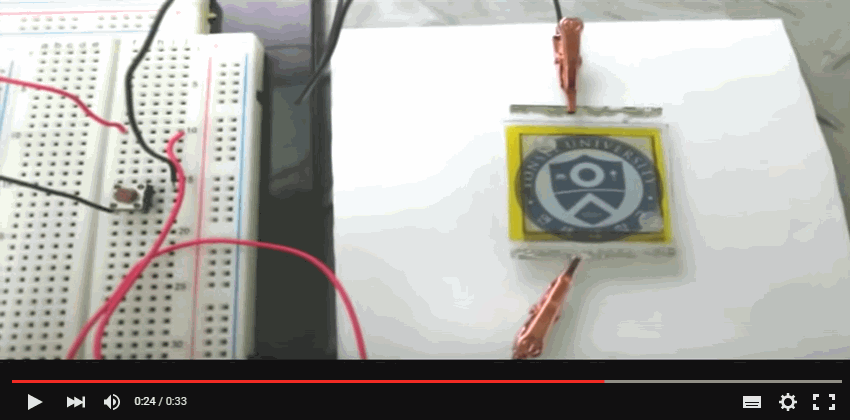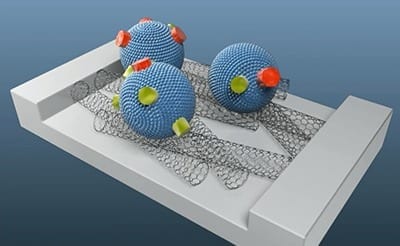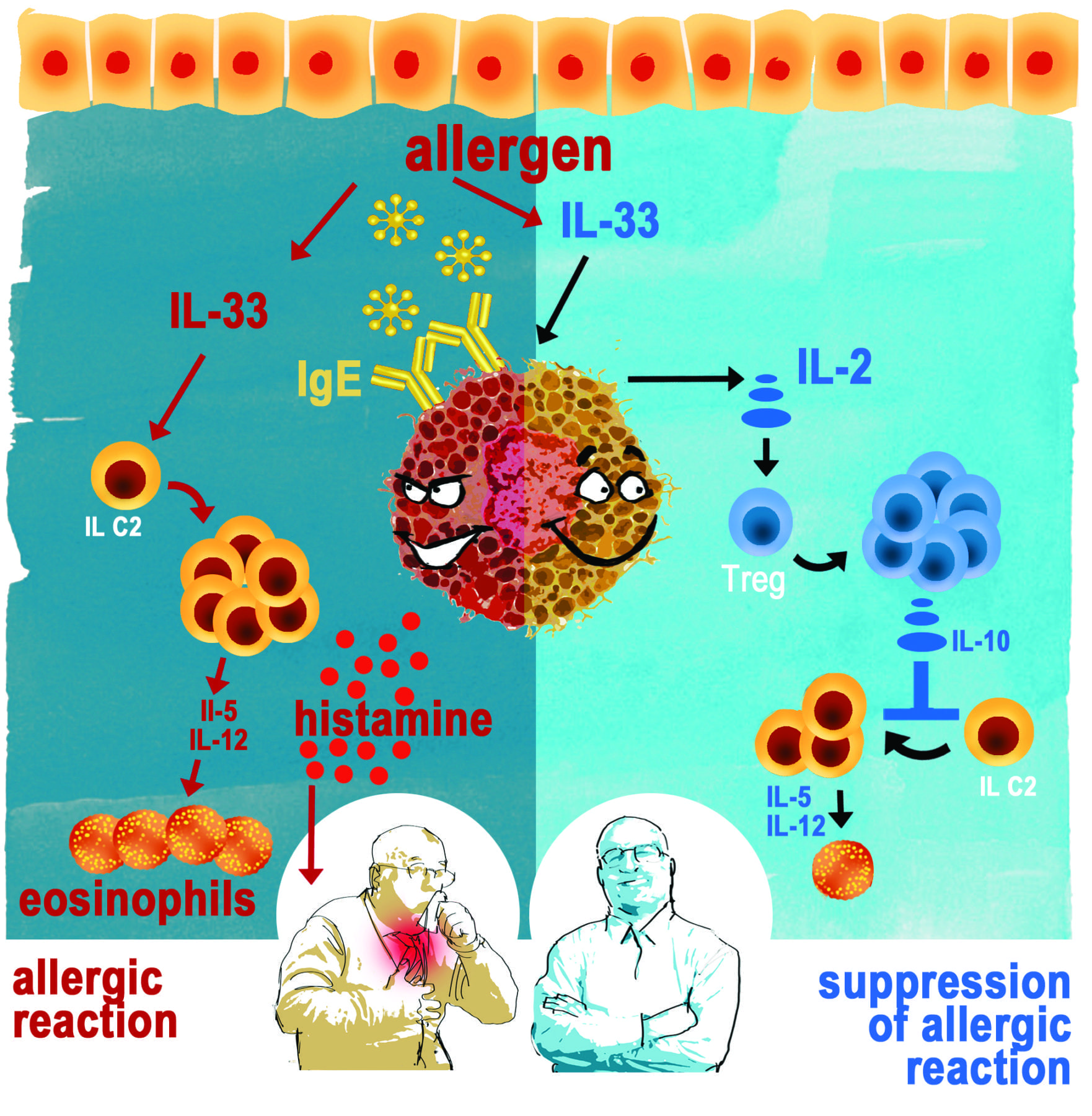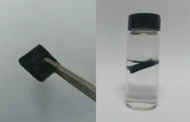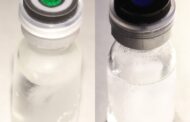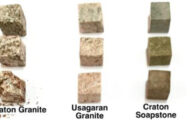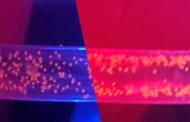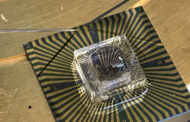Scientists have developed a new hybrid, solar-energy system that harnesses the full spectrum of the sun’s radiation by pairing a photovoltaic cell with polymer films. The films convert the light that goes unused by the solar cell into heat and then converts the heat into electricity. They report on their device, which produces a voltage more than five times higher than other hybrid systems, in the journal ACS Nano.
Solar cells today are getting better at converting sunlight to electricity, but commercial panels still harvest only part of the radiation they’re exposed to. Scientists are working to change this using various methods. One approach is to hybridize solar cells with different materials to capture more of the sun’s energy. Eunkyoung Kim and colleagues turned to a clear, conductive polymer known as PEDOT to try to accomplish this.
The researchers layered a dye-sensitized solar cell on top of a PEDOT film, which heats up in response to light. Below that, they added a pyroelectric thin film and a thermoelectric device, both of which convert heat into electricity. The efficiency of all components working together was more than 20 percent higher than the solar cell alone. With that boost, the system could operate an LED lamp and an electrochromic display.
The Latest on: Hybrid solar cell
[google_news title=”” keyword=”Hybrid solar cell” num_posts=”10″ blurb_length=”0″ show_thumb=”left”]
via Google News
The Latest on: Hybrid solar cell
- Researchers outline path forward for tandem solar cellson April 26, 2024 at 7:22 am
As the old saying goes, two heads are better than one. The same is true when it comes to solar cells working in tandem. Researchers at the U.S. Department of Energy's National Renewable Energy ...
- How the Navy Is Fighting Climate Change With Action on Clean Energyon April 24, 2024 at 11:42 am
The U.S. military is the world's largest single source of climate pollution. Work at the Naval Research Laboratory offers greener fuel for sailors and Marines.
- NREL updates interactive chart of solar cell efficiencyon April 24, 2024 at 8:44 am
The US National Renewable Energy Laboratory (NREL) has updated its research cell efficiency chart for a range of PV technologies.
- Four-terminal tandem organic solar cell achieves 16.94% efficiencyon April 17, 2024 at 1:06 am
Researchers in Spain claim to have recorded the highest power conversion efficiency result for a four-terminal tandem organic cell to date. The device is based on an ultrathin transparent silver ...
- System design for PV-driven hybrid EV charging stationson April 16, 2024 at 5:01 pm
They analyzed a 4 kW solar-based hybrid charging station using a three ... use of maximum power point tracking (MPPT) techniques, PV cell modeling, and charge controller algorithms to optimize ...
- New quantum solar cell material promises external quantum efficiency of 190%on April 11, 2024 at 8:20 am
The new material consists of an heterostructure combining germanium, selenium, and tin sulfide, which also integrates atoms of zerovalent copper. It features an average photovoltaic absorption over 80 ...
- New four-terminal tandem organic solar cell achieves 16,94% power conversion efficiencyon April 8, 2024 at 9:49 am
These organic solar cells consist of front and rear subcells ... photo electrochemical cell powered by sunlight and a new hybrid catalyst system to enhance the selectivity towards C 2 products.
- Roll-to-roll-fabricated hybrid perovskite solar cells reach record efficiencieson April 4, 2024 at 5:00 pm
On a roll: The roll-to-roll printing technique used to produce hybrid perovskite solar panels with efficiencies of 11% and an area of up to 50 cm2. (Courtesy: D Vak) Large-area solar cells made from ...
- Solar cells get flexibleon March 10, 2024 at 4:37 pm
The inappropriately named clean rooms require high temperatures in the production of silicon photovoltaics and modern hybrid solar cells, in particular, require a cocktail of toxic chemicals ...
- Perovskite solar cell technology goes greener with antinomyon February 14, 2024 at 7:55 am
A team of researchers led by Center for Hybrid and Organic Solar Energy ... of Sb-based MA 1.5 Cs 1.5 Sb 2 I 3 Cl 6 solar cells by 81% compared to conventional Cs-only counterparts, but also ...
via Bing News

